Innovative Micro Technology

Microtechnology is the practice of carrying out complicated operations with minuscule systems and equipment that are frequently smaller than a human hair’s width. Today’s technology is essential because it enables us to develop sophisticated tools that enhance our daily lives and address a variety of problems.
Numerous industries, including healthcare, consumer electronics, automobile production, industrial manufacturing, and the environmental and energy sectors, employ microtechnology. It is used to create sophisticated medical implants, cellphones, intelligent automotive sensors, precise manufacturing equipment, and small solar cells—a type of renewable energy.
Innovative Micro Technology is influencing the future by facilitating inventions that improve the efficiency, safety, and ease of our lives.
Historical Context of Innovative Micro Technology
The first microtechnology devices were large, ineffective devices. However, a significant change came about in the middle of the 20th century when the transistor—a small electronic switch that could regulate electrical currents—was created. This breakthrough made it possible to produce gadgets that are speedier and smaller.
Microchips, tiny silicon wafers with thousands of transistors on them, were first developed in the 1960s and allowed for quick data processing. Continuous developments in transistor miniaturization, better materials, and sophisticated production processes have propelled progress in this sector.
The results of these efforts are already visible in wearable technology and smartphones, demonstrating the significant influence of microtechnology on modern life and connection.
Basics of Innovative Micro Technology
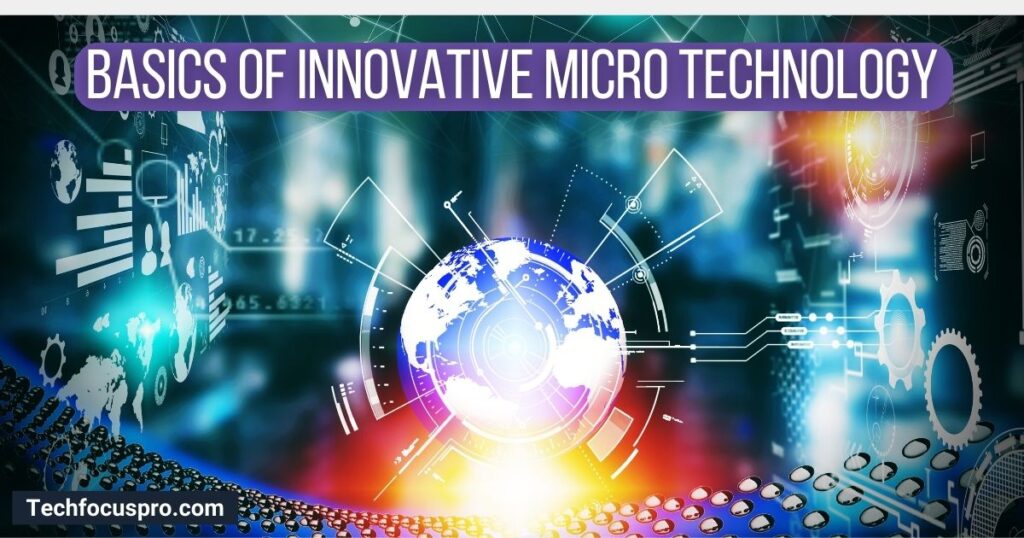
The goal of innovative microtechnology is to improve and reduce the size of electronic components. The idea is to make little gadgets that fulfil our needs in a more effective and energy-efficient manner. This entails reducing the size of their components, enhancing their functionality, and developing novel power sources.
Microprocessors, for instance, are designed to be extremely quick, sensors to be susceptible, and actuators to be highly accurate. Occasionally, a single little chip may do several tasks, increasing the device’s strength and adaptability.
Furthermore, these tiny components may be utilized in even more applications, such as wearable technology, thanks to new flexible and elastic technologies. All of this is made feasible by developments in materials science and manufacturing, which result in innovative new devices and uses.
Critical Components of Micro Technology

A number of fundamental elements make up microtechnology, which enables small machines to carry out sophisticated and necessary tasks:
Transistors
These are microscopic switches that regulate how electricity flows through electrical equipment. They serve as the fundamental components of contemporary electronics, processing information and enabling on/off device operation.
Microprocessors
Often referred to as the “brain” of a device, microprocessors are small chips that execute instructions and perform calculations needed to run software applications. They carry out a vast number of tasks quickly and efficiently.
Sensors
These components detect and measure environmental changes, such as temperature, light, or movement. Sensors convert this information into signals that electronic devices can understand and act upon.
Actuators
Actuators are devices that convert electrical signals into physical movement. They are used in systems that require motion, like moving tiny robotic arms or opening and closing valves.
Integrated Circuits (ICs)
Also known as microchips, ICs combine electronic components like transistors, resistors, and capacitors into a small, single package. This integration allows devices to perform various functions while maintaining a compact size.
Micro-Electro-Mechanical Systems (MEMS)
These are tiny mechanical devices built into microchips. MEMS components can interact with the physical world and are used in things like airbag sensors in cars or tiny microphones in smartphones.
Nanotechnology
This involves the manipulation of materials at an atomic or molecular scale. Nanotechnology enhances various microtechnology components, allowing for even smaller, more efficient devices.
Power Sources
Tiny batteries or energy-harvesting systems that power microdevices are crucial. These power sources must be small but capable of providing sufficient energy for the device to operate.
Applications of Micro Technology

Many aspects of our lives have been impacted by microtechnology, which has increased accessibility and efficiency.
Here are a few bare instances of its application:
- Medical Care: Doctors may monitor their patient’s health with the use of tiny technologies like wearable cardiac monitors and smart contact lenses. These devices can measure heart rates or blood sugar levels and transmit the data to physicians so they can treat patients more effectively.
- Communication: Microchips are the reason for the power of our devices. These tiny but mighty processors let us utilize tiny gadgets in our pockets for texting, talking, and browsing the internet.
- Everyday Gadgets: Fitness trackers and smartwatches employ microtechnology to keep us informed and in good health. They are able to track our sleep patterns, keep track of our steps, and even remind us to hydrate.
- Transportation: Microchips have been installed in cars to make them safer and brighter. These processors manage the navigation system, the airbag system, and even the self-driving functions.
- Environment: The purity of the air and water is monitored by tiny sensors. By using these sensors to measure pollution levels, we can take appropriate measures to maintain a safe and clean environment.
Impact of Micro Technology on Daily Life
Our everyday gadgets become more innovative, quicker, and smaller thanks to microtechnology. This implies that the microchips included in smartphones enable them to perform a wide range of functions more effectively. For instance, a smartphone’s tiny yet potent microchips allow you to operate several apps, access the internet, and take excellent pictures.
Technology is best when it brings people together.
Matt Mullenweg – Social media entrepreneur
Wearable technology has tiny sensors that can measure your heart rate, track your sleep patterns, and even count your steps in the healthcare industry. This provides vital information to you and your physician, assisting in your continued health. Microtechnology is also used by sophisticated medical devices like surgical robots and scanners to ensure accuracy and efficiency.
Microtechnology improves the intelligence of our household gadgets. Contemporary refrigerators assist you in organizing your groceries and provide you with a buying guide. With the help of intelligent thermostats, you may save money and energy. Robotic vacuum cleaners that can move around and clean your floors have made even cleaning simpler.
All things considered, microtechnology is improving our gadgets. This opens up exciting new possibilities for the future and enhances the accessibility, convenience, and efficiency of our daily lives.
Future Trends in Micro Technology
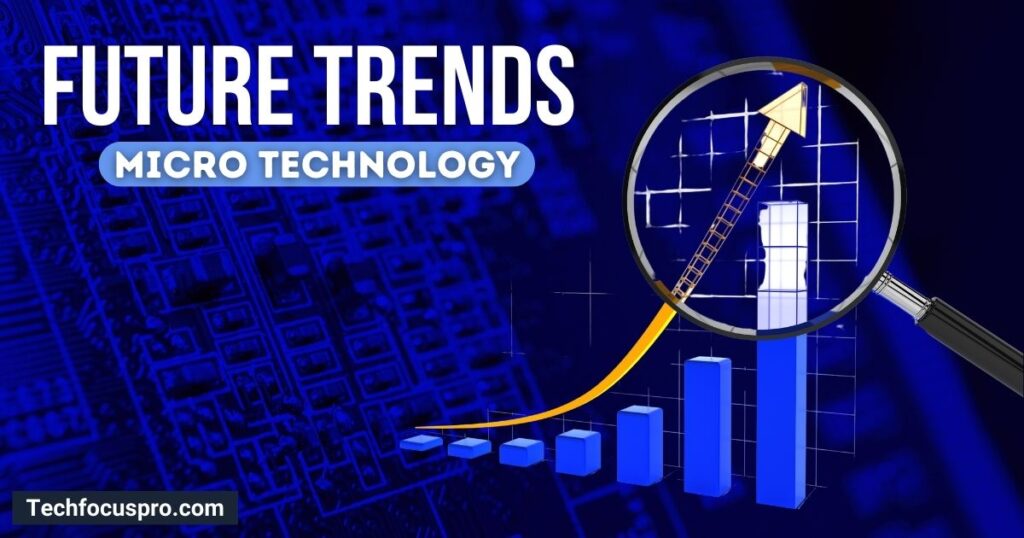
The future of microtechnology looks bright and exciting. Scientists are making even smaller and stronger microchips, which means our devices like phones and computers will work faster and use less battery. Flexible electronics that bend and stretch promise more comfortable and practical wearable gadgets like smartwatches.
Homes and cities will become more competent, too, with appliances and public services getting more connected and efficient. In healthcare, tiny robots might deliver medicine inside our bodies, improving treatments. Overall, microtechnology will keep making our lives easier and more impressive.
Challenges and Considerations
While micro technology brings many exciting advancements, it also comes with challenges and things to consider. One big challenge is ensuring these tiny components are reliable and can work well for a long time. Because they are so small, even a little mistake in manufacturing can cause problems.
Another challenge is cost. Developing and producing these advanced micro technologies can be very expensive. This means the devices might cost more, making them less accessible to everyone.
Privacy and security are also important considerations. As our devices become more competent and collect more data about us, ensuring this information is kept safe from hackers and used responsibly is crucial.
Lastly, the impact on the environment is a concern. Producing microtechnology requires materials and processes that can harm the environment. Finding ways to recycle and dispose of these components safely and developing more eco-friendly methods is essential.
Conclusion
In conclusion, microtechnology has had a significant impact on our planet, improving the efficiency and ease of many facets of daily living. These minor advances have made a big difference in a lot of areas, including healthcare, communication, and other regions. They have made it possible to construct compact, powerful machines that can complete a variety of jobs swiftly and efficiently. We may anticipate many more developments in the future that will improve our everyday lives and the environment around us if microtechnology is developed and improved.
FAQs
What is an example of a microtechnology?
Consider a computer chip the size of a thumbnail that is inside your smartphone. A microchip is what we name this little chip. Despite its small size, the microchip has enormous power. It makes it possible for your phone to perform a plethora of incredible tasks, like texting, making calls, playing games, taking photos, and browsing the internet. Millions of tiny “switches” inside the microchip combine to interpret information swiftly, giving it its magic.
What is the difference between microtechnology and nanotechnology?
Microtechnology and nanotechnology are fascinating fields that deal with tiny things but focus on different sizes.
- Microtechnology works with things that can be seen using a regular microscope. These things are usually in the one-millionth of a meter (a micrometre) range. For example, the microchips in your phone and computer are created using microtechnology.
- Nanotechnology goes even more minor, dealing with things at the scale of one billionth of a meter (a nanometer). This is much smaller than what a regular microscope can see. At this tiny size, scientists can work with individual molecules and atoms. Nanotechnology is used in areas like medicine, where it helps create small particles that can target diseases directly.
How has micro technology impacted healthcare?
Microtechnology has revolutionized healthcare by enabling the development of small, wearable devices that monitor vital signs and health conditions. Examples include smart contact lenses that monitor blood glucose levels, wearable heart monitors, and nano-robots designed to deliver targeted cancer treatments.
What role do microchips play in modern devices?
Microchips are integral to modern electronics, comprising tiny silicon wafers embedded with thousands of transistors. They facilitate rapid data processing and are the powerhouse behind devices like smartphones, smartwatches, and fitness trackers.
How does microtechnology benefit the environment?
Small sensors utilizing micro-technology can detect pollution levels in air and water, helping in environmental monitoring and protection. These sensors provide critical data that informs policies and actions to maintain and improve environmental quality.


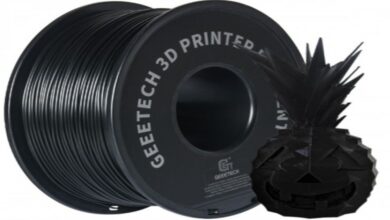


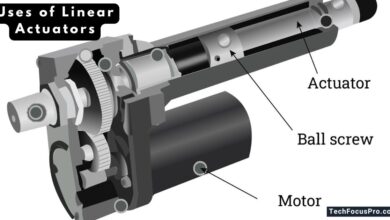
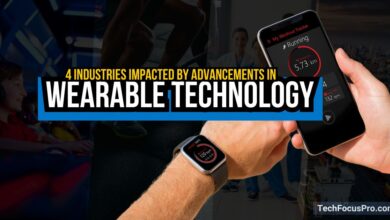
One Comment